In a dramatic shift, the Trump administration has announced plans to cut $3.7 billion in federal research funding. Prestigious universities—including Harvard in Cambridge and Johns Hopkins in Baltimore—stand at the epicenter. The move has reignited fierce debates about academic freedom, scientific integrity, and the government’s role in shaping higher education.
Scale of Reductions Across Institutions
Johns Hopkins faces the steepest blow, with $245 million in grants endangered. Harvard’s projected loss sits at $127 million. Other universities—including Columbia, Texas A&M, Arizona State, UNC Chapel Hill, and UC Berkeley—confront similar threats. The combined reductions match the $3.7 billion figure outlined in federal communications, underscoring the sweeping scope of the cuts.
Ideological Undercurrents Driving Policy
Officials frame the cuts not just as fiscal discipline but as ideological correction. Universities accused of harboring antisemitism, advancing “liberal bias,” or sustaining DEI initiatives face targeted reductions. Institutions hosting pro-Palestinian demonstrations or resisting conservative viewpoints have become particular flashpoints—fueling concerns that political alignment now dictates access to federal research dollars.
Academic Freedom in Question
The move raises urgent questions about academic autonomy. If funding hinges on ideological conformity, universities risk losing their independence. Scholars warn that research agendas could shift away from public health, climate science, and equity-focused projects toward politically safer topics—undermining the diversity and creativity essential to scientific innovation.
Legal Resistance from Universities
Several institutions are mounting legal challenges. Harvard filed suit in April 2025, accusing the administration of abusing its authority. University leaders argue that withholding funds on political grounds violates principles of free inquiry and sets a dangerous precedent. For them, the battle is about more than money—it is about mission.
Pushback from States
Democratic-led states are also contesting changes to NIH funding rules. A new cap lowering indirect cost recovery from 30–60 percent to just 15 percent could strip billions from university budgets. These funds traditionally cover infrastructure, utilities, and essential support. The proposed cap could save the federal government $4 billion annually.
Fallout in Laboratories and Campuses
The effects are already felt. At Harvard’s public health school, laboratories face closure as grant cancellations mount into the billions. Research staff confront layoffs, while doctoral candidates see offers rescinded. Across the country, institutions brace for hiring freezes, reduced graduate training opportunities, and suspended clinical trials—putting scientific progress on pause.
Public Health at Risk
Cuts hit hardest in fields critical to community well-being. Research on disease prevention, mental health, and minority health outcomes is particularly vulnerable. Public health experts caution that disruptions could delay lifesaving breakthroughs, worsen disparities, and erode public trust in federal science agencies that historically supported such work through sustained investment.
The Fear of Brain Drain
A recent Nature survey reveals deep unease among U.S. scientists: nearly 75 percent say they are considering leaving the country due to ideological interference and financial instability. This potential “brain drain” could shift global research leadership abroad, weakening America’s reputation as a world leader in scientific discovery.
Strains on Graduate Education
Graduate training programs also hang in the balance. Federal grants fund stipends, mentorship, and cutting-edge research opportunities. Without them, universities may scale back admissions or dismantle programs entirely. Aspiring researchers risk losing opportunities to join the scientific pipeline, shrinking the next generation of innovators needed for national competitiveness.
Broader Innovation Consequences
The ripple effects extend far beyond academia. Slowed progress in technology, medicine, and environmental research could dampen U.S. competitiveness in the global economy. Critics argue that reducing investment in discovery during a period of rapid global innovation is short-sighted, undermining the very foundation of long-term economic growth and security.
A Precedent for Political Control
Observers note this may be the most aggressive use of federal funding to influence academic agendas in modern history. Whether framed as recalibration or coercion, the precedent is stark: political priorities, rather than scholarly merit, now appear to dictate the direction and sustainability of scientific research in America.
Universities at a Crossroads
Institutions now face difficult choices. Should they resist and risk financial peril, or comply with ideological conditions to preserve resources? Leaders fear that yielding would compromise academic mission, while resistance could jeopardize survival. This crossroads tests not only finances but the values and autonomy of U.S. higher education.
Closing Reflection: Knowledge Versus Conformity
The slashing of $3.7 billion in research funding marks a treacherous turning point. Laboratories may darken, careers may falter, and progress may stall. Yet history suggests knowledge finds ways to endure. Whether American universities can uphold integrity amid political pressure will define the future of U.S. science and innovation.

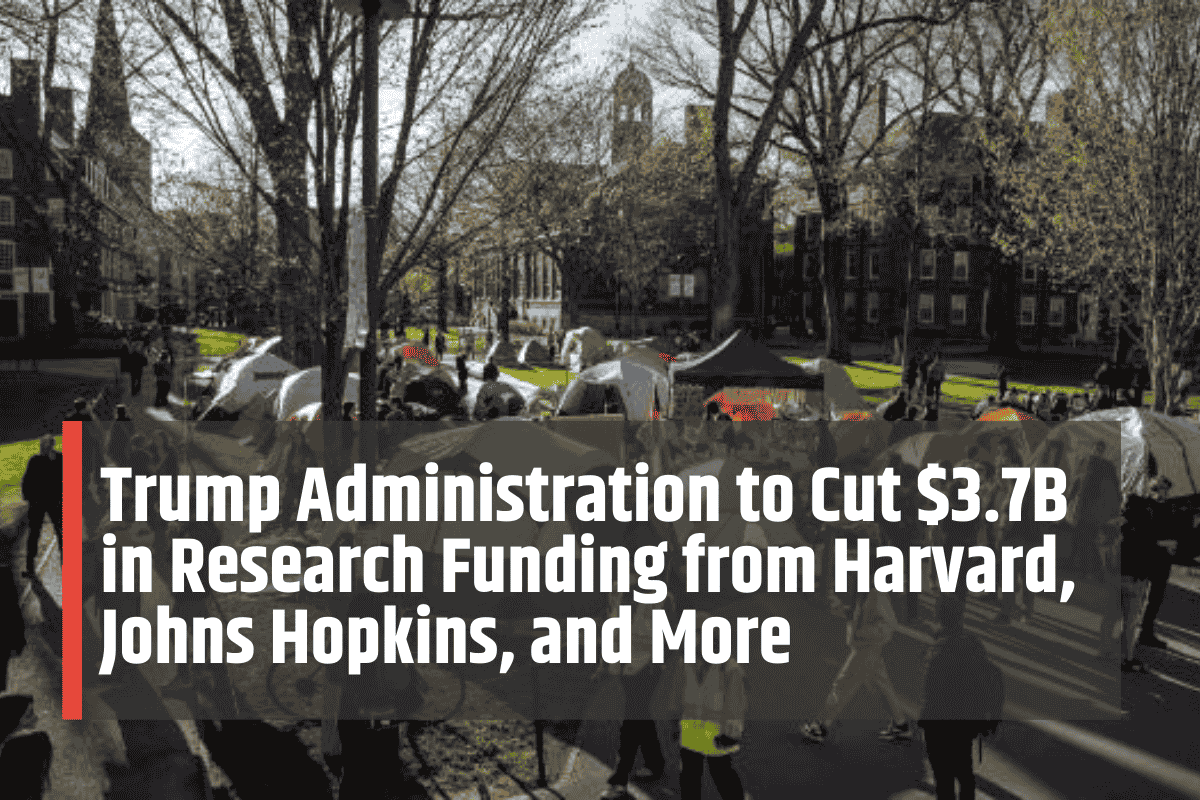
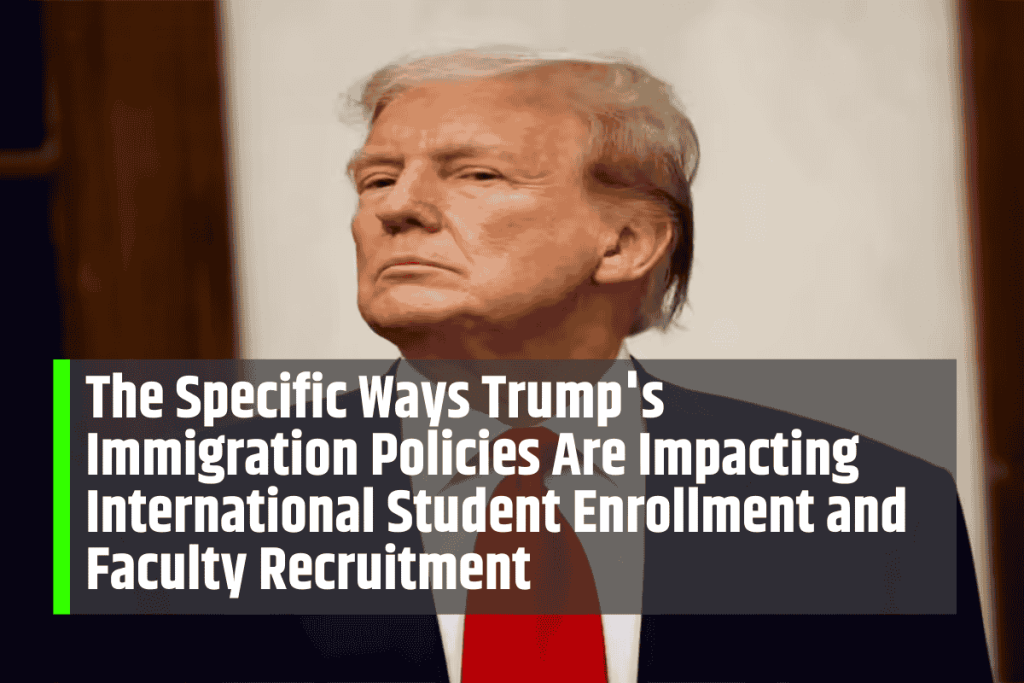


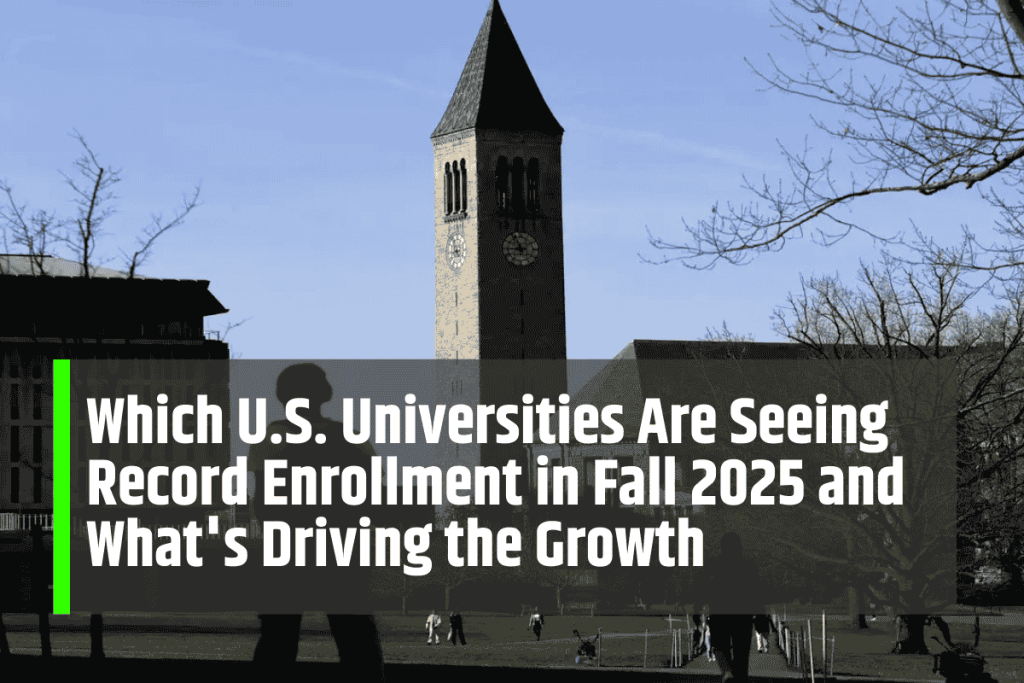
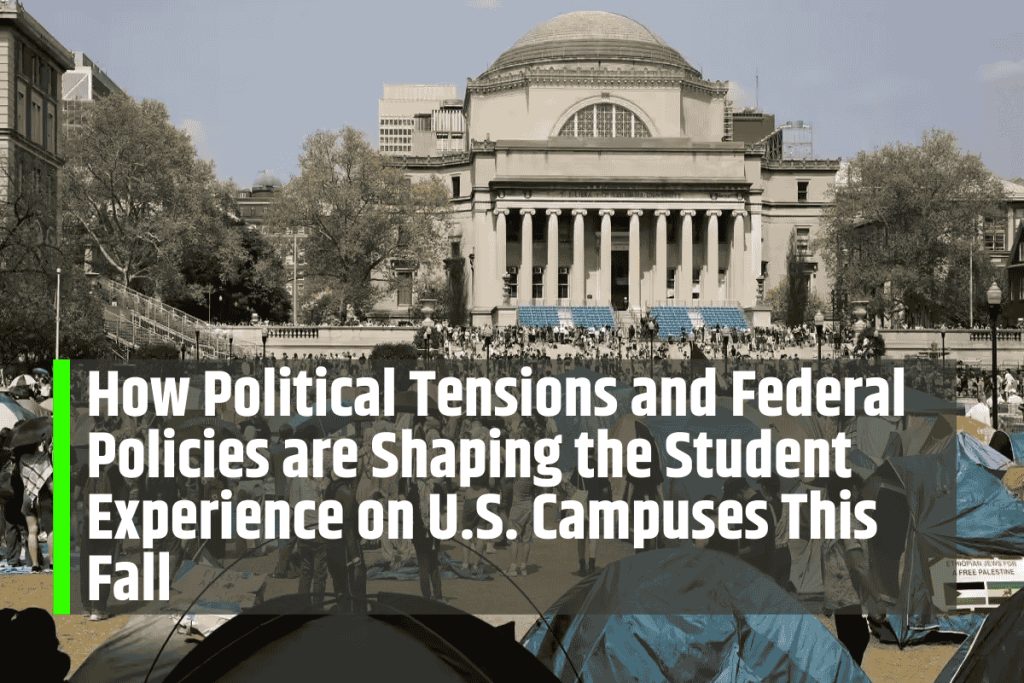
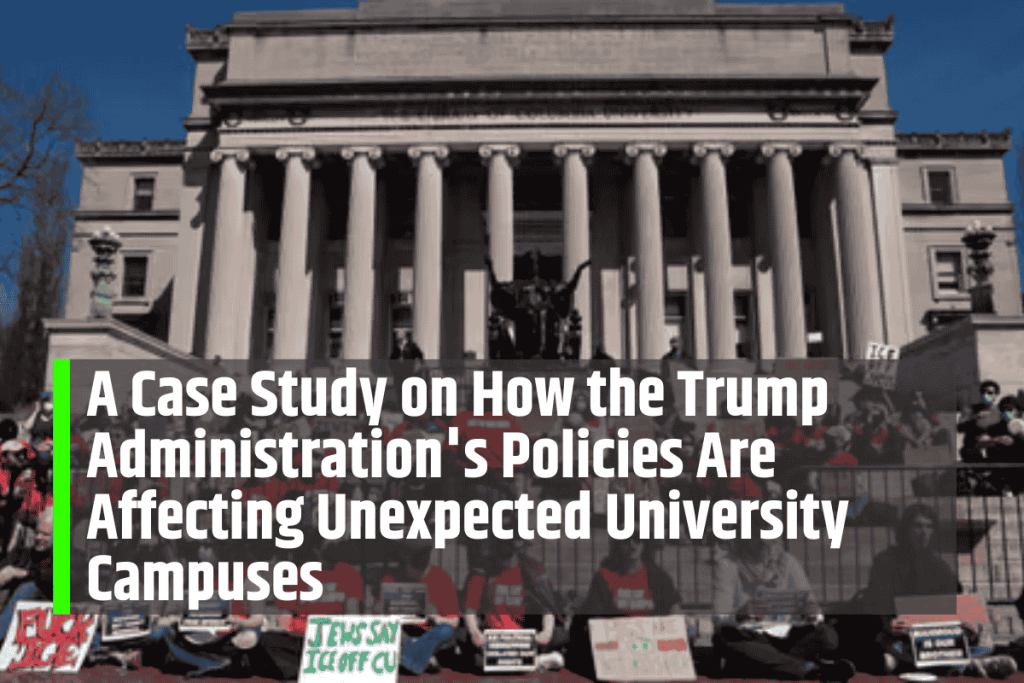
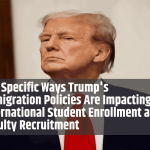


Leave a Comment